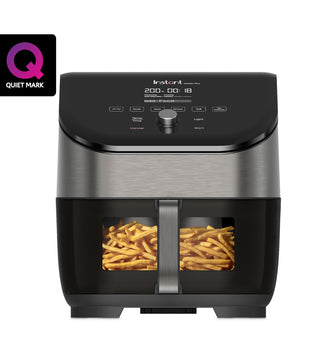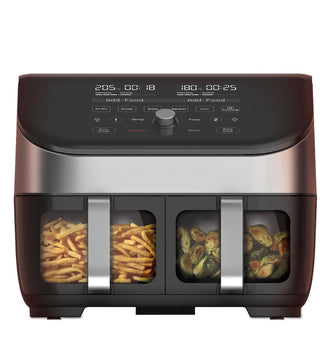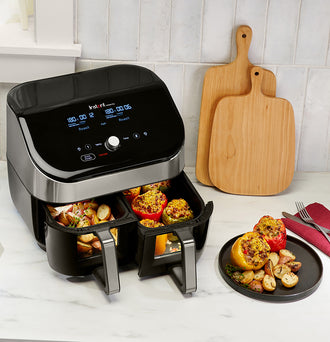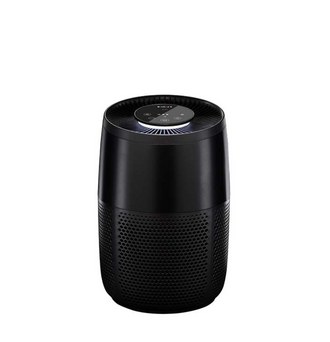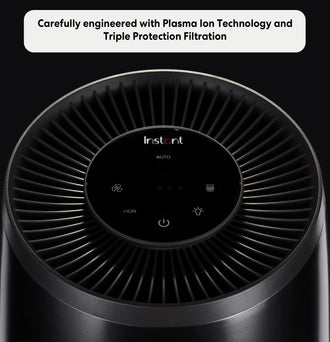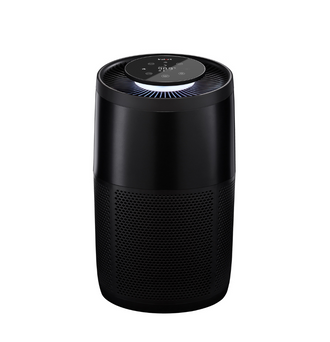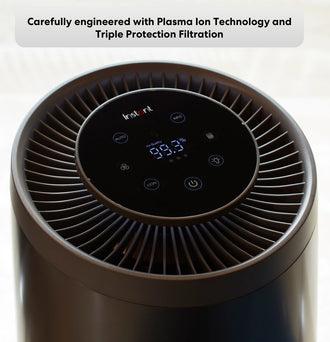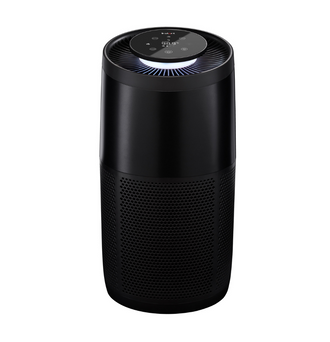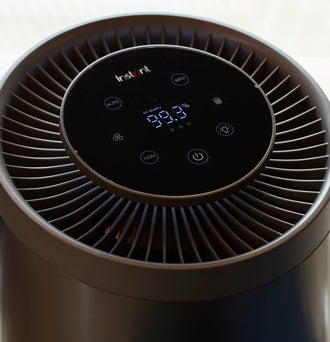Instant Pot®
A versatile kitchen appliance that will revolutionise the way you cook. With its multi-functional capabilities, it can be used as a pressure cooker, slow cooker, rice cooker, yogurt maker, and more. It makes cooking faster and easier, allowing you to prepare delicious and healthy meals in a fraction of the time. Instant Pot is not only convenient, but it's also safe and energy-efficient, making it an excellent investment for any home cook. Whether you're a busy parent or a professional chef, Instant Pot is the perfect addition to your kitchen that will help you save time and create amazing dishes. Try it today and experience the magic of Instant Pot!
Air fryers
Rapidly gaining popularity as a healthier and more convenient way to cook your favourite foods. With Instant air fryers, you can achieve the same crispy, golden-brown texture you love, without the added oil and calories. Our air fryers use hot air to circulate around the food, cooking it evenly and creating a delicious, crispy exterior. In addition to being a healthier option, our air fryers are also incredibly versatile, allowing you to cook a wide range of dishes from chicken wings to roasted vegetables. With easy-to-use controls and a range of cooking options, our air fryers are perfect for busy families and anyone looking to make healthy cooking a breeze. Try an Instant air fryer today and taste the difference for yourself!
